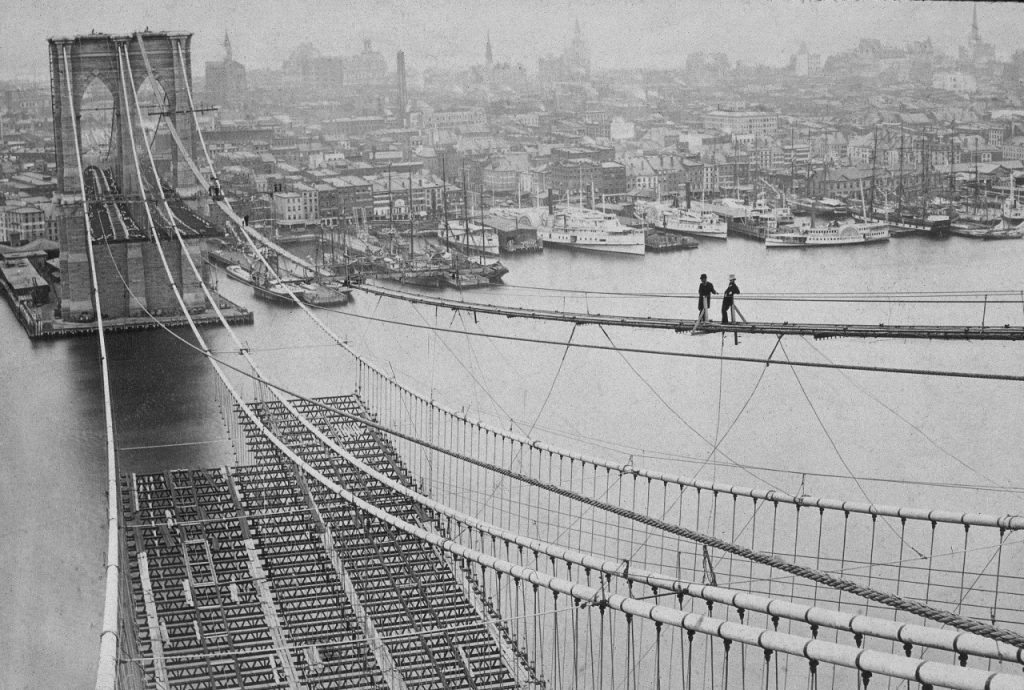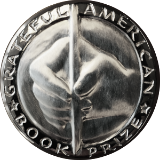May 16 — May 31, 2021
History Matters
Showing our children that their past is prelude to their future
The Lincoln-Douglas debates pushed the possibility of a Lincoln presidency into inevitability. Positioned against Senator Stephen Douglas of Illinois in a sequence of debates during re-election year, Douglas insisted the legality of slavery should be determined by the states and territories. Lincoln argued for its abolition.
Douglas kept his seat and Lincoln lost the argument, but his rhetoric raised his profile—and that of the unshaped Republican party.
Two years later, on May 18, 1860, Lincoln was the party’s nominee for the presidential election. He faced off with Douglas; Southern Democrat John C. Breckinridge; and Constitutional Union candidate John Bell. Lincoln won 40% of the vote and became the first Republican President of the United States.
It was a victory that activated the secession of southern states, the creation of the Confederacy, and–the Civil War.
The Grateful American Book Prize recommends Lincoln and Douglas: The Debates that Defined America by Allen C. Guelzo.

At 7:52 in the morning of May 20, 1927, Charles Lindbergh, lifted off in his monoplane, “The Spirit of St. Louis”, from Roosevelt Airfield in Long Island, New York in a win-it or- die-trying” 3,610-mile transatlantic bet. At first, getting airborne was difficult—he had a heavy fuel load–but eventually, he did.
Thirty-three and a half hours later, Lindbergh landed at Le Bourget Airfield, Paris; more than one hundred thousand people; droves of reporters, and correspondents, awaited the arrival of the first pilot—ever–to make a nonstop U.S. to Europe crossing. The news generated headlines around the world, about “Lucky Lindy” and “The Lone Eagle.” In addition to the acclaim, Lindbergh earned a cash award for his feat, the equivalent of more than $500,000 in today’s currency.
The Grateful American Book Prize recommends Lindbergh by A. Scott Berg.

Brooklyn was originally a separate city, bifurcated from New York City by the East River. Then, everything changed on May 24, 1883, when the Brooklyn Bridge opened; two hundred and fifty thousand people sauntered across it within twenty-four hours. It had taken 14 years for John A. Roebling, a German born industrial engineer, to construct what was then the world’s largest and longest suspension structure.
According to History.com, “Roebling is credited with a major breakthrough in suspension-bridge technology: a web truss added to either side of the bridge roadway that greatly stabilized the structure.” Until then, bridges of that type were notorious for their inability to deal with heavy winds and loads.
The Department of Transportation says today–138 years later–more than 100,000 cars, 4,000 cyclists, and 10,000 pedestrians, cross daily.
The Grateful American Book Prize recommends David McCullough’s The Great Bridge: The Epic Story of the Building of the Brooklyn Bridge.

History Matters is a biweekly feature courtesy of The Grateful American Book Prize.




